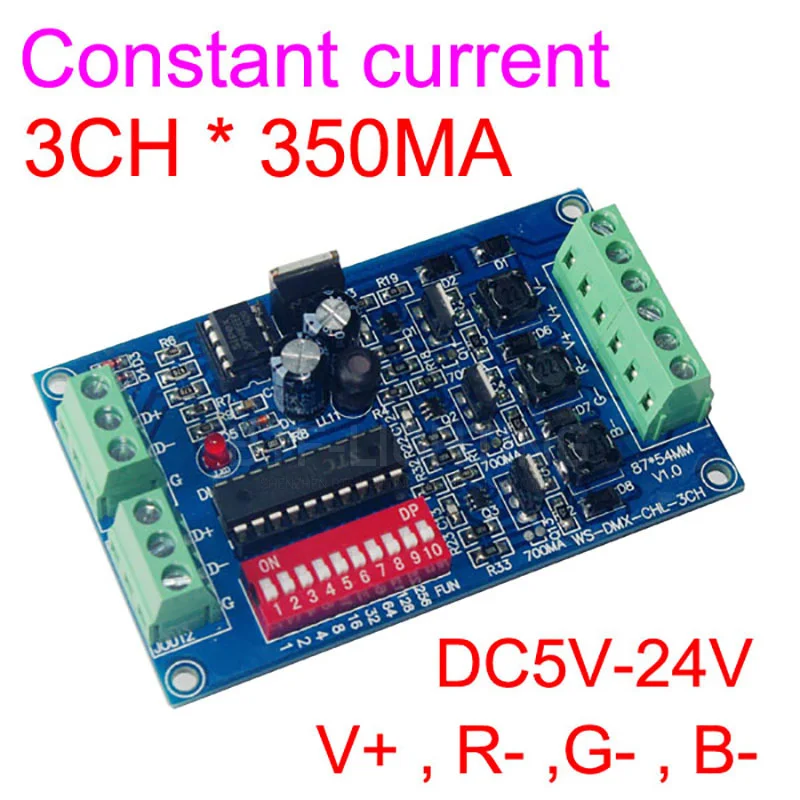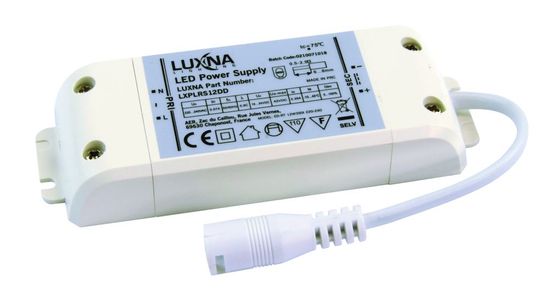

When we provide serial data to each shift register, they can drive eight bits and as we apply the same clock signals, we synchronize the outputs. Each shift register can control eight bits, so we can daisy chain two shift registers to control the complete array. The 16 control pins can be controlled by a shift register. It's not practical to power each LED individually (especially for 64 LEDs!) and so an LED array is created which to bring down the control pins to 16 consisting of 8 rows and 8 columns. Below is the setup for a simple LED array made from 64 LEDs. The LED array is a display solution in which each pixel is an LED. But even then, it's not advisable to put LEDs in parallel but instead in a series combination. If you have more LEDs, similar things happen and it may lead to a catastrophic failure unless every LED is thermally calibrated. Then, the current will flow through the remaining LED, ruining that one as well. What happens is the first LED draws 20mA at 3V and another one might draw 20mA at 2.9V or 3.1V, so the LED drawing slightly more current begins to heat.ĭue to heating, the first LED’s internal resistance decreases and will try to hog all the current which could ruin it. Let's say you have a current limiting resistor that limits the current to 40mA and you are powering a parallel combination of two LEDs. The resistance value can be calculated by:įor a parallel combination of LEDs, please take into account that there will be some manufacturing variations in LEDs.

To calculate the series resistance, we need to use Ohm’s law. A current limiting series resistor is used as an LED driver for most miniature low powered LEDs. Designing LED Driver CircuitsĪ very basic LED driver circuit is a series resistor. So, a constant current supply is needed and an LED should only be powered from a constant current supply. In a nutshell, we can say that a small increase in applied forward voltage can greatly increase the current through the LED. Due to overheating, the forward voltage drop decreases and the current increases more. If the forward voltage applied is higher than a certain limit, the current exceeds its maximum rating and the LED overheats. When the forward voltage applied to an LED is less than the forward voltage drop, no current flows through the LED and it will not light up (or it lights up dimly) with a lower current flowing through it. Why Use Constant Current Supply for LEDs?Īn LED is a PN junction diode with a forward voltage drop that remains constant over a wide current range. Achieving the correct current regulation of these constant current supplies can be complex, which is what this article covers. A constant current supply provides a constant current independent of the load resistance, so the supplies don't apply current to load according to Ohm's law but are still constant for all loads. It provides a constant current which will light up the LED and not damage it. An LED driver circuit must provide enough current to light up the LED but must limit the current to prevent damage.Ī constant current regulator is commonly used for high power LEDs.

LED drivers are widely used for driving high voltage LEDs or lamps or miniature LEDs for indication via microcontroller signals. An LED driver is an electronic circuit used to power an LED (light-emitting diode).


 0 kommentar(er)
0 kommentar(er)
